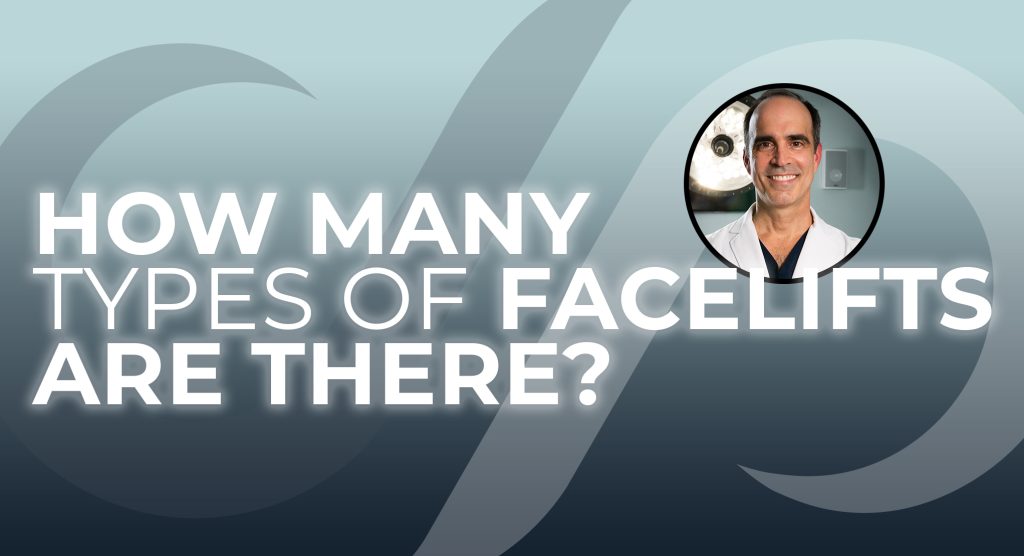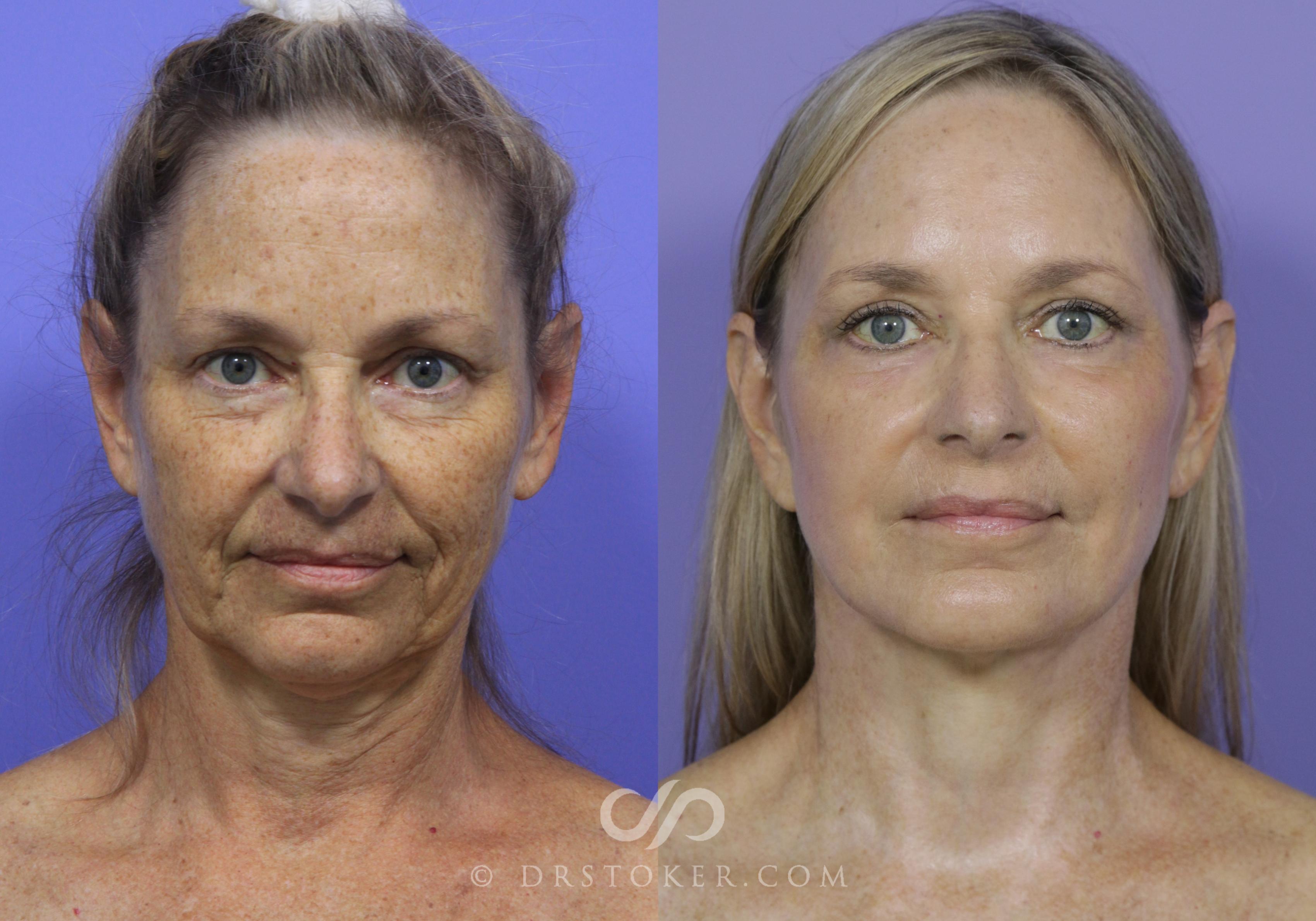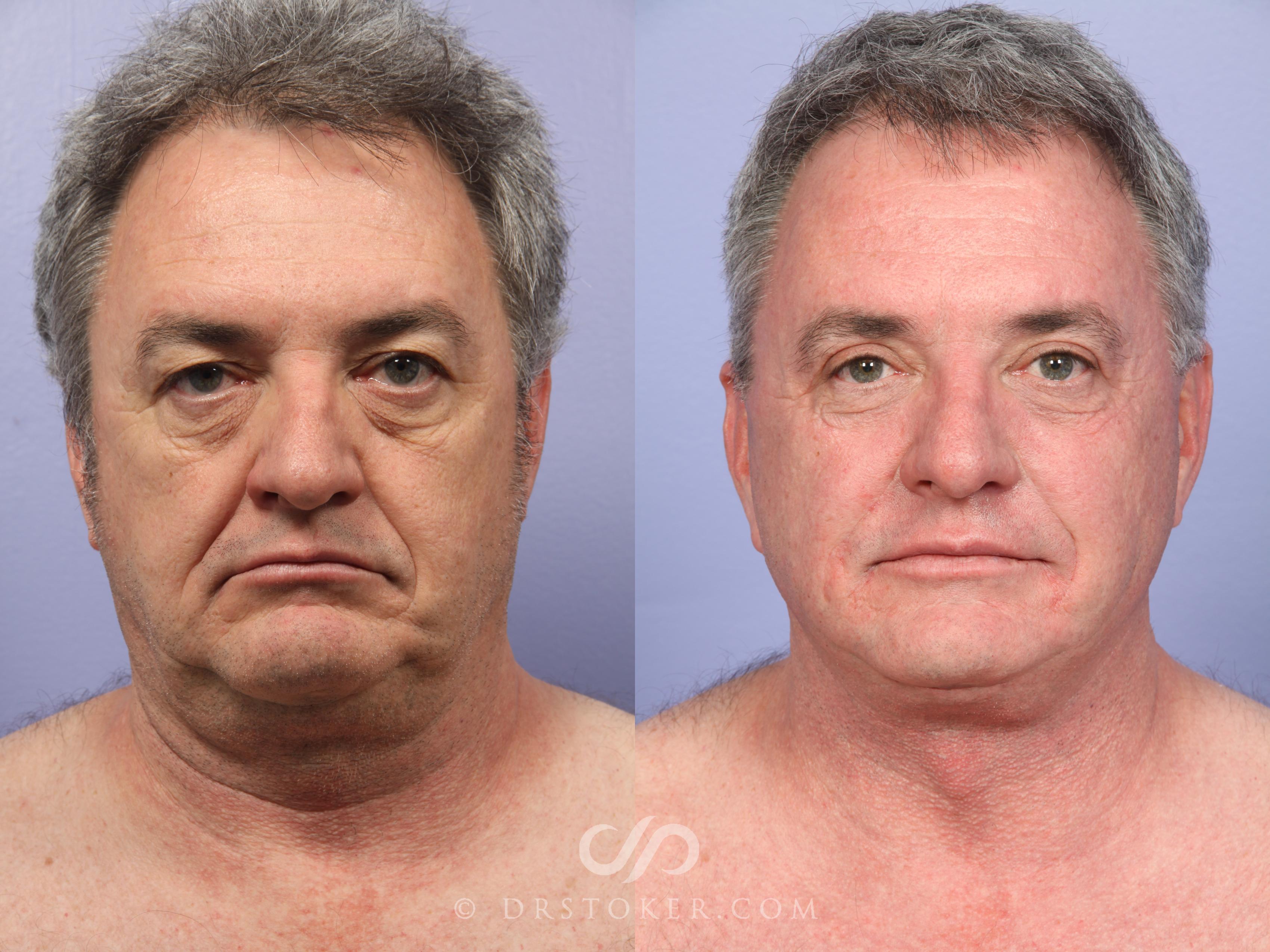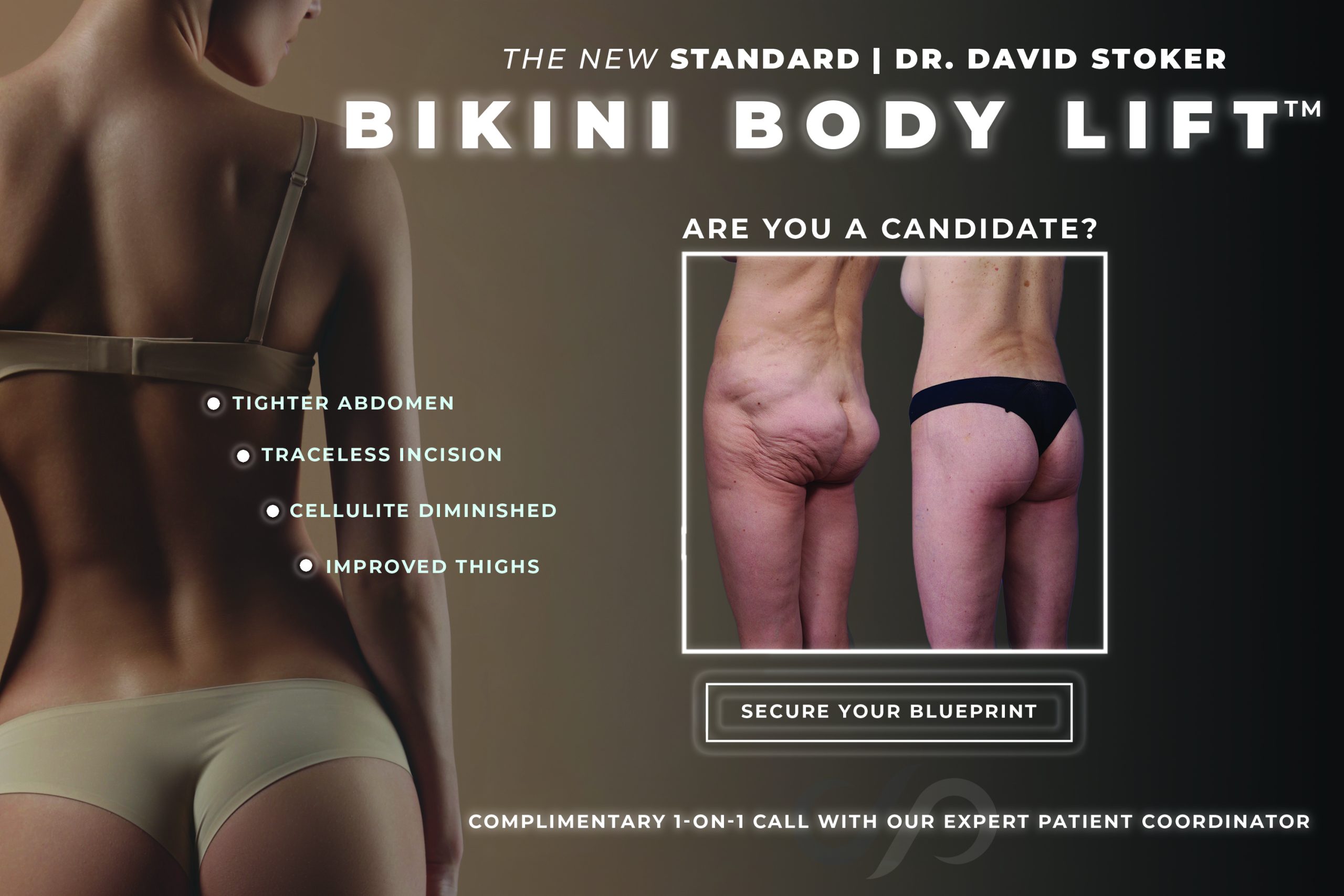I’m Dr. David Stoker, a board-certified plastic surgeon in Los Angeles. A question I frequently receive in my practice is, “How many types of facelifts are there?” There’s almost an infinite number of facelift procedures. People have different appearances, different shaped heads, and different amounts of skin elasticity; some have more aging on their eyelids, while others reveal aging symptoms in their neck or jowls. Therefore, I offer a variety of facelift techniques tailored to each patient’s unique needs and aesthetic goals.
Understanding Different Facelift Techniques
In general, common types of facelift surgery include:
- Skin-only facelift: Focuses on tightening and lifting just the skin without addressing deeper facial structures; best suited for patients with mild sagging and good skin elasticity.
- Skin and SMAS facelift: Targets the skin and the underlying SMAS (superficial musculoaponeurotic system) layer to provide more substantial and longer-lasting lift and contouring of the mid and lower face.
- Deep plane facelift: Repositions deeper facial layers beneath the SMAS for the most natural, dramatic, and enduring results—ideal for moderate to advanced facial aging.
A skin-only facelift is a more superficial procedure, a deep plane lift is a much deeper operation, and a SMAS lift is somewhere in between. I’ll help you determine the best approach for your needs.
Who is a good candidate for a facelift?
Traceless facelift patients are typically men and women in their 50s and 60s with significant skin laxity in the cheeks, neck, and jowls. It’s also a procedure sought by patients who have lost a significant amount of weight. Younger patients with less obvious facial aging can benefit from a mini facelift. In some cases, a non-surgical approach called a liquid facelift—which combines dermal fillers and BOTOX® or Dysport® injections—can create a more youthful appearance. Regardless of age, patients should be in good overall health with their blood pressure under control. Candidates who smoke should stop before their procedure.
What’s the Difference Between a Mid-Facelift and Lower Facelift?
Plastic surgeons typically divide the face into thirds:
- Upper face: the region above the eyes, including the brows and forehead
- Mid-face: the area from the corners of the eyes to the corners of the mouth, including the nose, cheeks, buccal fat pads, and area above the upper lip
- Lower face: refers to the area below the corners of the mouth, including “laugh lines,” the jawline, and chin
A lower facelift often includes the neck, too, and is recommended for patients with sagging jowls and nasolabial folds. A mini facelift addresses loose skin in the mid-face area but isn’t as effective for the lower face.
Combining Other Procedures With a Facelift
When you look at my portfolio of facelift before-and-after photos, the patients typically combined complementary procedures such as eyelid surgery (blepharoplasty) or neck enhancement with the facelift. This creates the facial harmony that is the plastic surgeon’s goal. Performing a standalone facelift improves the lower two-thirds of the face, but doesn’t address sagging in the eye area or rough, discolored skin.
Explore Your Facelift Options
If you’re ready to look more rejuvenated and refreshed, I encourage you to request a consultation using the online form, or call us at (310) 300-1779 to schedule an appointment. My team and I can’t wait to help you look and feel more vibrant and confident!
This blog post was originally published in July 2022 and updated in April 2025.






Leave a Reply